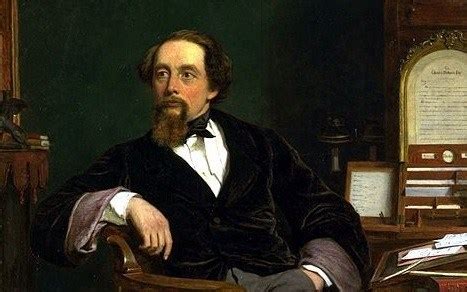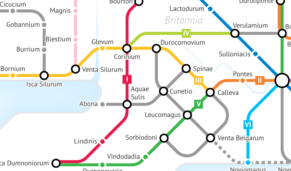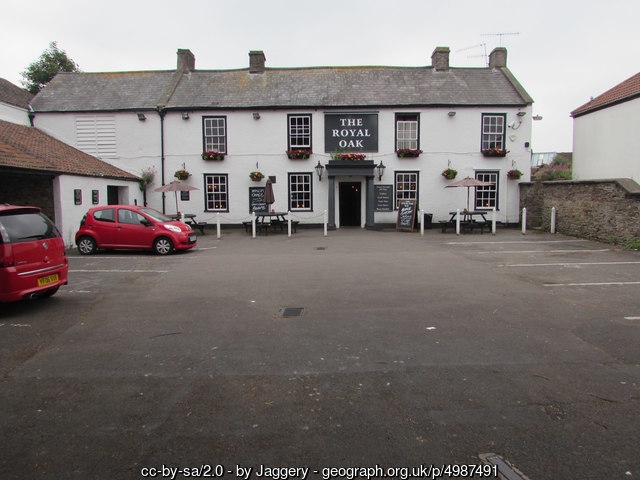Charles Dickens is so associated with London that it seems strange to think of him as a son of Wessex. But he was born in Portsmouth, the son of a Royal Navy clerk, with his family moving to London when he was 2 years old.
Dickens’s birthplace is now a museum, located at 393 Old Commercial Road (formerly 13 Mile End Terrace), Portsmouth PO1 4QL. The house is preserved as it was in Dickens’s time, with authentic period furniture and decor. Events are currently suspended due to covid. but normally, they feature regular readings of Dickens’s work and celebrations on his birthday. 7th February.
Dickens’s family moved twice within Portsmouth, first to 18 Hawke Street, and then to 39 Wish Road. Neither building now survives. Hawke Street in Portsea was bombed out during the war, and no longer appears to have a number 18. Wish Road, Southsea is now called Kings Road. Again, there no longer seems to be a number 39. It’s as if Dickens’s childhood homes are considered irreplaceable.
Dickens returned to Portsmouth on several occasions as an adult. The theatre manager Vincent Crummles visits the Theatre Royal (demolished in 1854) in Nicholas Nickleby, He also wrote about Portsmouth in an essay for his magazine All The Year Round, and the Royal Navy features prominently in Dombey and Son.
Pleasingly, Charles Dickens is now the name of an electoral ward in Portsmouth, which includes his birthplace at Mile End. It was proposed in the City of Portsmouth (Electoral Arrangements) Order 1979, and first contested in the 1983 local election.



